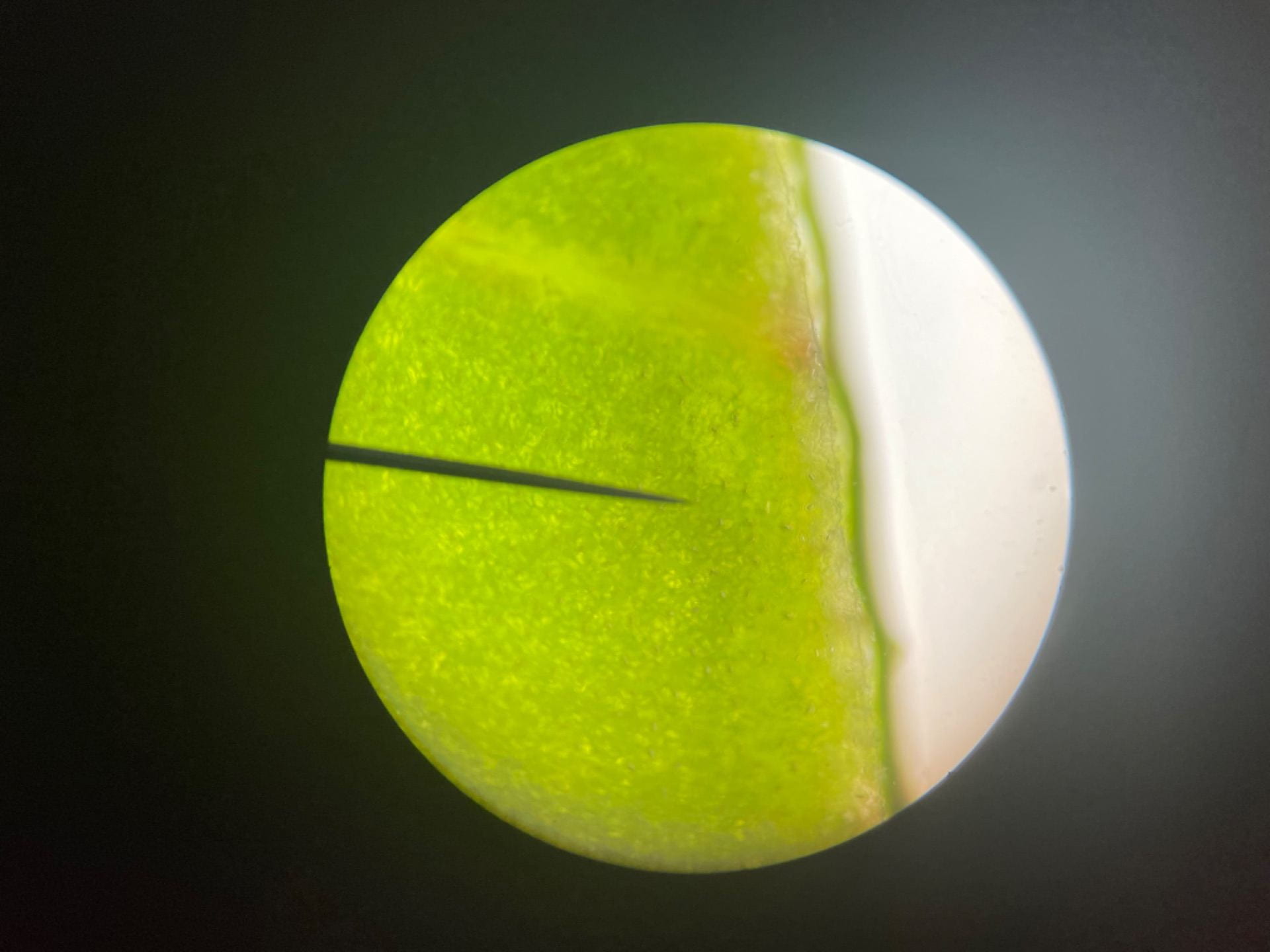For the past few months, my class has been learning about cells!
The first thing we did (learning about cells) was we looked at some presentations that our teacher made, the presentations were about famous scientists such as Robert Hooke, Antonie Van Leeuwenhoek, Theodor Schwann, Matthias Schleiden, and Robert Remak. They all discovered cells and helped make up the cell theory, which is:
1. The cell is the basic unit of life
2. All living things are made up of cells
3. All cells come from pre-existing cells
While we worked on the cell theory, we also got to look at our own cells with a swab and an agar. We looked at lots of cool things, here are some pictures of what we saw! (After that we made a field journal of what we saw.)









The next thing we worked on was the immune system! We learned about the different types of cells and how they protect the body. The different types of cells are, the antibody, the B cell, the T cell, the white blood cell, and the macrophage. We learned about what each cell does. the B cell makes antibodies to kill the pathogen (which is a disease or virus), the memory T cells remember how the immune system killed the pathogen, the killer T cells dissolve the pathogen. The helper T cell, along with the white blood cell, alert the immune system that it is under attack. The Macrophage eats the pathogen if the killer T cell doesn’t kill it. The antibodies are stuck on the pathogen by the white blood cell like an “eat me” tag for the macrophage. We also made pages documents explaining each cell as a character. Here’s an example of what I made: 
Next we learned about vaccines. We learned about the conspiracies that people have made about vaccines and how they work. We also learned about the types of vaccines which were:
1. Inactivated Vaccines
Inactivated Vaccines are when you take some of the virus or bacteria, kill or inactivate it, and then inject it into the blood so the body recognizes it and makes antibodies for it.
2. Live, Attenuated Vaccines:
Live, attenuated vaccines use chemicals to attenuate the pathogen, which prevents it from causing disease.
3. Subunit Vaccines:
The Subunit vaccine puts a small piece of virus or pathogen and makes is very obvious to the body there is a pathogen.
4. mRNA Vaccines:
mRNA vaccines are a copy of the recipe to build the structure of the pathogen into a vaccine, which is given to the cell and then is built by the cell.
Next we made some health posters for kids, using their drawings of pathogens! Here’s mine:



































